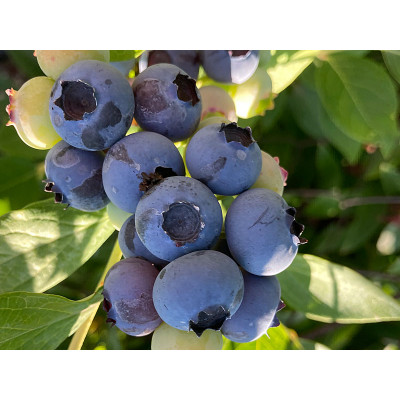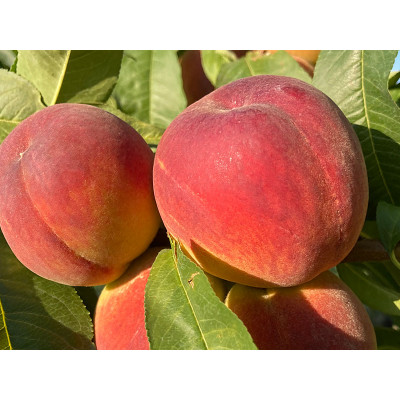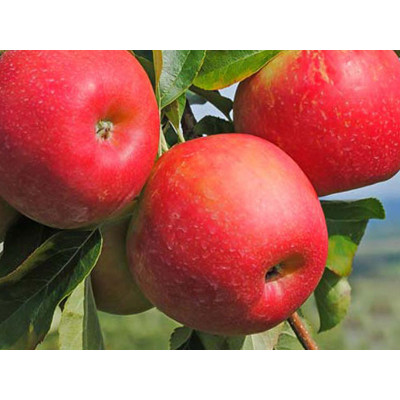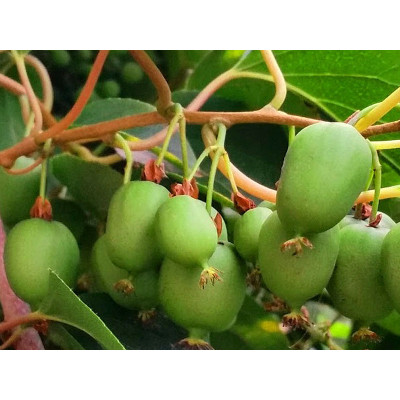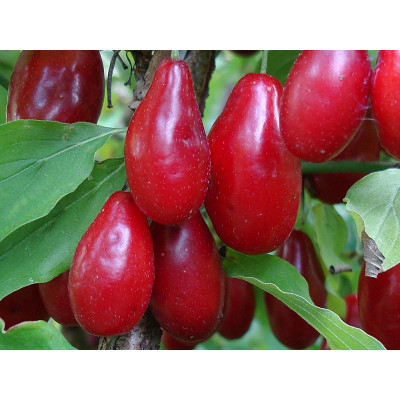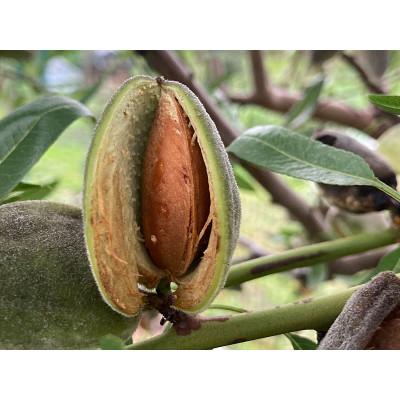Tian Shan Table Grape Vine PIWI
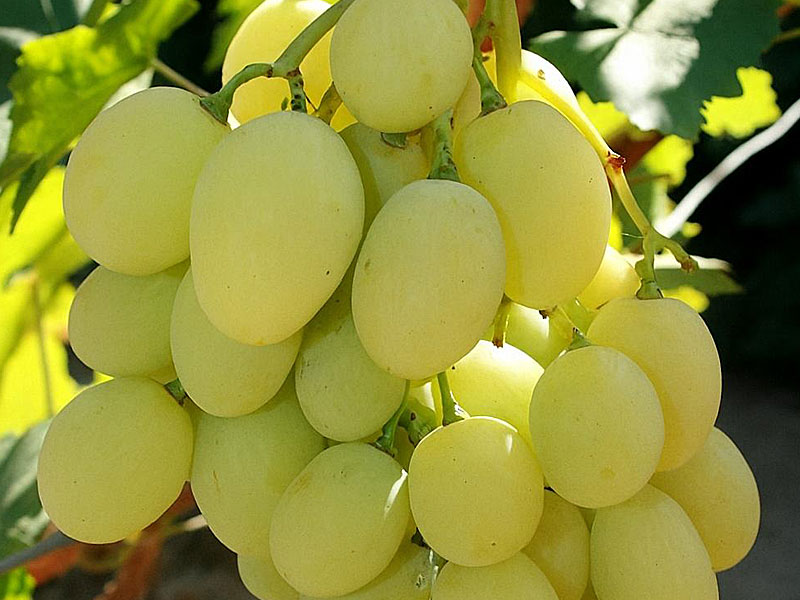
New
- All the plants that we have on offer and that you can order are actually in stock.
- The standard delivery time is 2-3 working days.
- We always ship parcels on Mondays, Tuesdays and Wednesdays.
- By arrangement, we can also ship plants on Thursdays or Fridays (we do not normally ship on these days in case there is a problem so that the parcels are not left in the depot unnecessarily over the weekend).
- The shipping price depends on the weight of the ordered goods (the more products, the cheaper the price)
- after you have placed the plants in the shopping cart, enter “calculate provisional shipping price” in the shopping cart, after entering the data the eshop will calculate the provisional shipping price for you.
Ask a Question About This Product
Tian Shan Table Grape Vine PIWI
| Specifications | |
| Height at sale | 70-90cm |
| Pot | C2 |
| Rootstock | T5C (Teleki) - good resistance to fungal diseases, medium to poor growth, suitable for clay soils |
| Ripening time | August/September |
The standard delivery time for Germany is 3-4 working days.
We send goods on Monday, Tuesday, Wednesday, by agreement also Thursday or Friday.
We send goods on Monday, Tuesday, Wednesday, by agreement also Thursday or Friday.
Price
22,50€
Ex Tax: 22,50€
- Stock: In Stock
- Model: Vitis
The Tian Shan grape variety, named after the Tianshan Mountains, is an exotic table grape variety originating in China, which attracts attention mainly for its giant berries. It is a cross between the ‘Bejagan’ and ‘Rosalio Bianco’ varieties. Due to its uniqueness and cultivation requirements, it is considered a variety more suited to experienced growers and enthusiasts.
This self-pollinating variety is characterized by strong growth and very good woodiness of shoots. It ripens moderately early, usually in the second half of August and throughout September. The clusters are large to very large, conical in shape, moderately dense, and typically weigh between 700 and 1500 grams, but can reach up to 2 kg.
However, the main attraction is the extremely large berries. Their weight averages 15 to 25 grams, but under ideal conditions they can weigh up to 40-45 grams, making them among the largest in the world. The berries are slightly oval, white to golden yellow in color, turning amber in the sun. The flesh is fleshy, crisp and juicy, with a very tasty, refreshing and harmonious flavor. The sugar content is high, around 17-19%. A big advantage is that the berries do not crack even in heavy rain and tolerate transport and storage well.
In terms of resistance, Tian Shan is not a typical PIWI variety. Its resistance to fungal diseases is described as good (compared to more resistant Vitis vinifera varieties). Frost resistance is reported to be -20 °C to -22 °C. For successful cultivation, it requires a warm, sunny, and sheltered location. It thrives in well-drained, loamy-sandy soils rich in nutrients.
This self-pollinating variety is characterized by strong growth and very good woodiness of shoots. It ripens moderately early, usually in the second half of August and throughout September. The clusters are large to very large, conical in shape, moderately dense, and typically weigh between 700 and 1500 grams, but can reach up to 2 kg.
However, the main attraction is the extremely large berries. Their weight averages 15 to 25 grams, but under ideal conditions they can weigh up to 40-45 grams, making them among the largest in the world. The berries are slightly oval, white to golden yellow in color, turning amber in the sun. The flesh is fleshy, crisp and juicy, with a very tasty, refreshing and harmonious flavor. The sugar content is high, around 17-19%. A big advantage is that the berries do not crack even in heavy rain and tolerate transport and storage well.
In terms of resistance, Tian Shan is not a typical PIWI variety. Its resistance to fungal diseases is described as good (compared to more resistant Vitis vinifera varieties). Frost resistance is reported to be -20 °C to -22 °C. For successful cultivation, it requires a warm, sunny, and sheltered location. It thrives in well-drained, loamy-sandy soils rich in nutrients.


